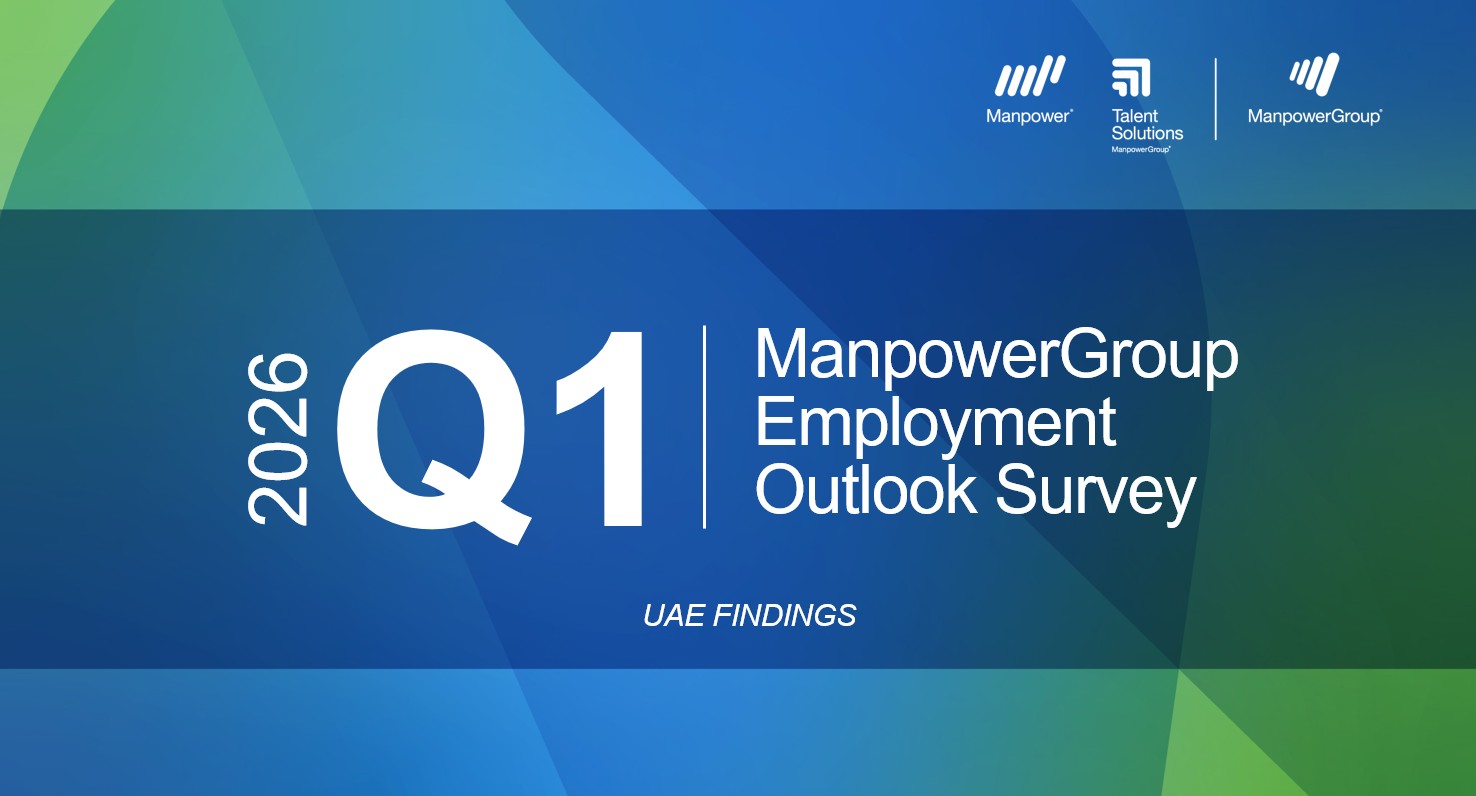Select a Country Site
Changing your site will take you to the URL for that ManpowerGroup location.
“The UAE labor market is entering a phase of accelerated transformation. Employers are not only expanding but also adapting to rapid technological shifts and evolving workforce expectations. Success will hinge on agility, balancing innovation with strategies that attract and retain top talent in a highly competitive environment,” comments Mr. Filip Rideau, Country Manager of ManpowerGroup Middle East. “The UAE’s hiring outlook reflects a market that is both ambitious and adaptive. Technology and finance are powering growth, while employers are counting on upskilling and flexibility to tackle talent shortages. This quarter signals a clear shift toward innovation-driven roles and a renewed focus on soft skills that foster resilience and collaboration,” Mr. Rideau adds.

UAE’s Net Employment Outlook (NEO) for Q1 2026 is 46%, continuing to rank in the top 3 globally for its employment expectations, 22 points above the global average.
Company expansion is the primary driver for hiring (45%), followed by branching into new areas (35%) and temp requirements for special projects (28%). Tech advancements and fresh skills also influence staffing decisions.
Automation and market changes top the reasons for workforce reductions (36% each), with economic challenges and project completions also contributing.
Three-quarters of employers face difficulty filling roles, mainly due to shortages in AI literacy, AI development, IT/data, engineering, and sustainability skills.
Employers are prioritizing upskilling and reskilling (35%), expanding talent pools, outsourcing, and leveraging automation. Flexibility and competitive pay are also key strategies.
To discuss the results personally or explore how ManpowerGroup can help you find the talent and solutions needed to propel your organization forward, contact us today.